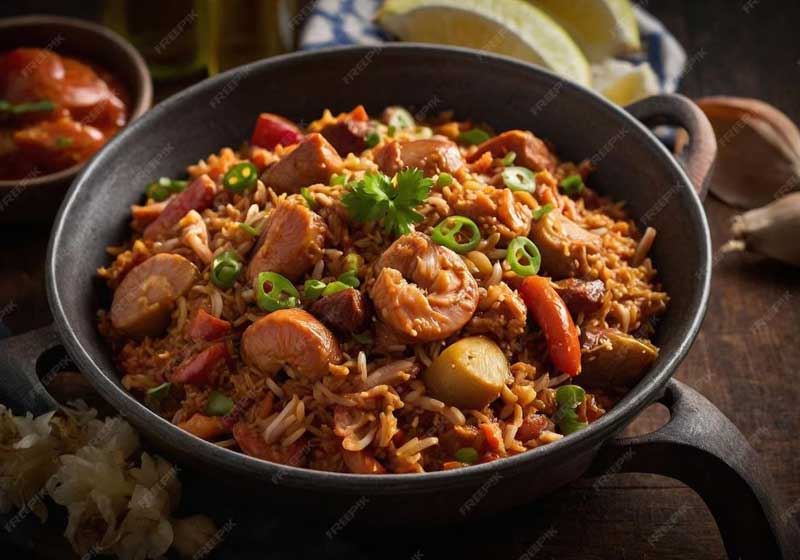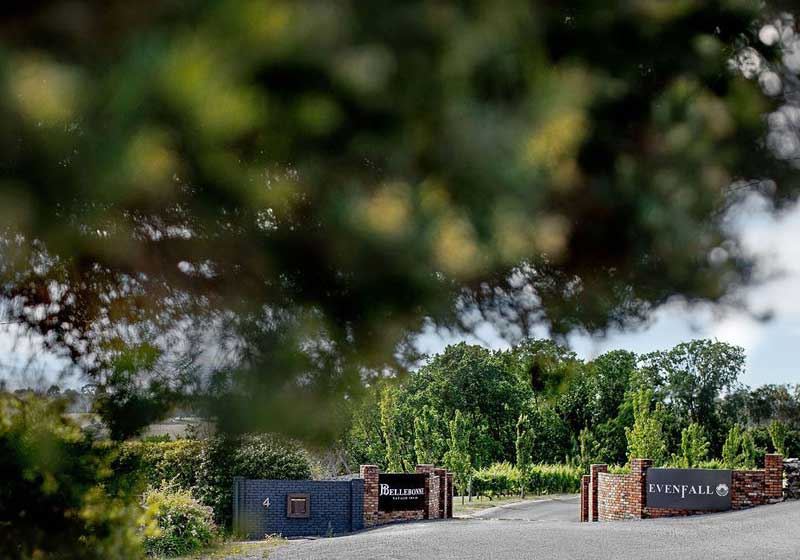By Laura Rancie
The Sanskrit word for food in Indian is bhojana which translates to "that which is to be enjoyed”. It’s a lovely term when you think of the moment a spoon, heavy laden with colour, texture, warmth, flavour and meticulously prepared ingredients chopped, tossed, seasoned, grilled, mixed, sauteed, char-grilled, goes into your mouth. It truly is something intended to be enjoyed!
Food is a part of identity in every country and culture. The abundance of wine, cheese and rich sauces generalises the commonality of food in France. In Germany, the heavy focus lies on bread, potatoes and meat. In Japan, dishes rely on rice, miso and seasonal ingredients with sides of fish. And in India, commonality lies in curries stemming from a gravy-like sauce and stews with vegetables.
There are, of course, variations with meat and cheese, which the region and existing hierarchies will largely determine. Going further down the rabbit hole, you then add spice mixtures which will be as varied as the geography. Pulses and grains will also appear in many varieties and ways (whole, split, ground into a course or fine flour).
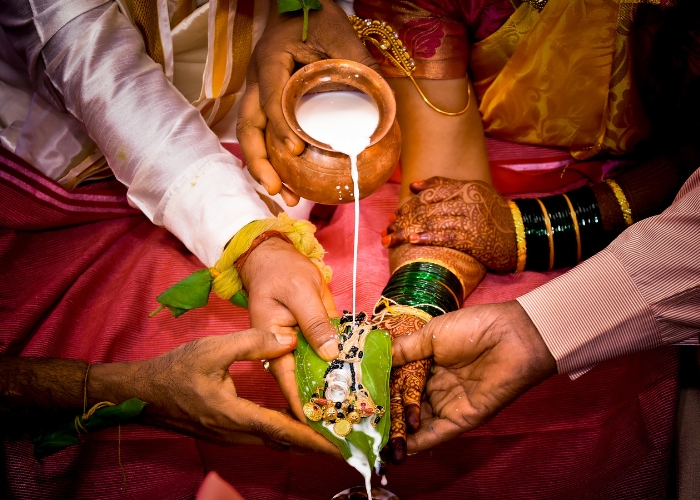
The food of India is as regionally specific and diverse as its population, and with over 1.4 billion citizens that is a lot of variety! Factors such as religion, history, conquerors, trade partners and cultural practices make up the multiplicity of food styles. India has several thousand social hierarchies passed down through families and tribes, where nearly all Indians today identify with a caste regardless of their religion. There are 16 official languages and several hundred dialects, six major world religions and many ethnic and linguistic groups.
Because of this, food is an identifying indication of where you fit. But it’s not just what you eat; just as important is what you don’t eat. Some lower-caste Hindus eat meat as long as they abstain from eating beef, as cows are considered sacred. While upper castes will not eat processed foods, onions or garlic. This could be seen as violating the principles of purity.
Indian Spices:
Anciently merchants would travel worldwide to get a handful of potent spices and dried herbs that grew almost exclusively in just one part of the world – Asia.
Typically, Indian dishes use upwards of five types of spices but can commonly have up to 10, and even more. The most common are garam masala, coriander powder, cumin, mustard seeds, dried fenugreek leaves, turmeric powder, red chilli powder, cloves, green or black cardamom, saffron, fennel seeds and cinnamon.
Northern Indian Cuisine:
The food represented here is most commonly found in Indian restaurants in Australia or when you order your take-out. Food from this region depends largely on dairy. Milk and paneer (a mild Indian cheese), clarified butter (ghee) and yogurt are common in saag paneer or palak paneer, both made from cream and paneer.
Korma is another example originating from MNorthern India, made up of creamy coconut milk or yoghurt with popular spices like cumin and coriander; samosas and fried pastries stuffed with potatoes and occasionally meat are also popular. In the North, tandoors are popular in cooking and can give well-known Indian dishes like naan and tandoori chicken their distinctive charcoal flavour, since a tandoor is nothing more than a clay oven.
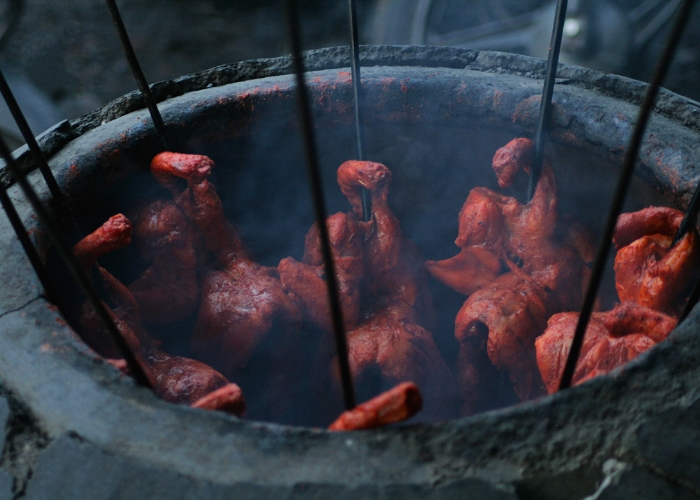
Western Indian Cuisine:
Western India is identified by three main coastal states Maharashtra, Gujarat, with its peninsula coastline and Goa stretching along the Arabian sea having a long-standing history with Portugal. Western Indian cuisine, because of its proximity to the ocean, is steeped in fish and coconut milk or coconut paste dishes, but also chutneys, pickled vegetables and fruit with any combination of sweet, spicy or sour. A well-known dish from this region is the fiery, spicy vindaloo curry.
Eastern Indian Cuisine:
This region is best associated with desserts that are well-liked by all of India and frequently found on restaurant menus. Each state within East India has its own delicacy soaked in traditional spices, herbs and unique methods of cooking. Green vegetables and fruit are abundant throughout because of the climate and dishes are more lightly spiced than those from other regions.
Popular ingredients are mustard seeds, poppy seeds and mustard oil, giving dishes a light pungency. Favourites from here include sandesh, made of paneer and sugar, rasgolla which is a sweet syrupy dumpling or even creamy rice pudding known as kheer. Desserts here are lighter than other Indian places.
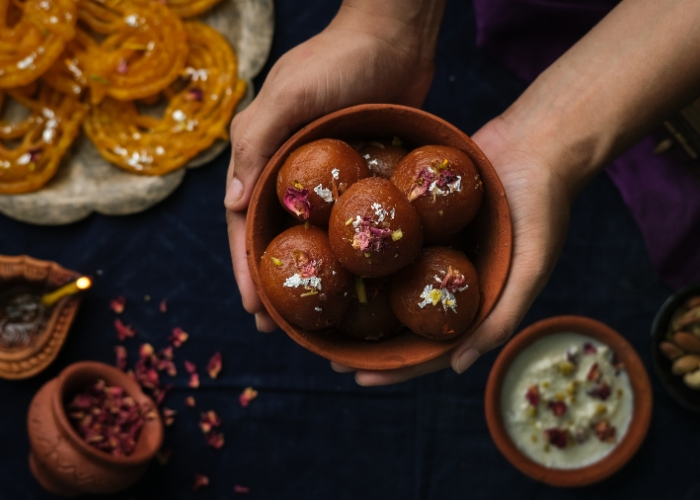
Southern Indian Cuisines:
Unlike the North, dishes from here do not feature on restaurant menus and are significantly different from the rest of the Subcontinent. South India is made up of five states; there is quite a bit of variety too but safe to say curries tend to be quite dry, with vegetables and spices accompanying the rice dish.
Vegetarian and non-vegetarian dishes are common and with a hot, humid climate, coastal regions and abundant rainfall, there are always plenty of fruit, vegetables and rice. South Indian food is the hottest of all in India and sambar (a soup-like lentil dish tempered with whole spices and chillies) is amongst the most common food.






